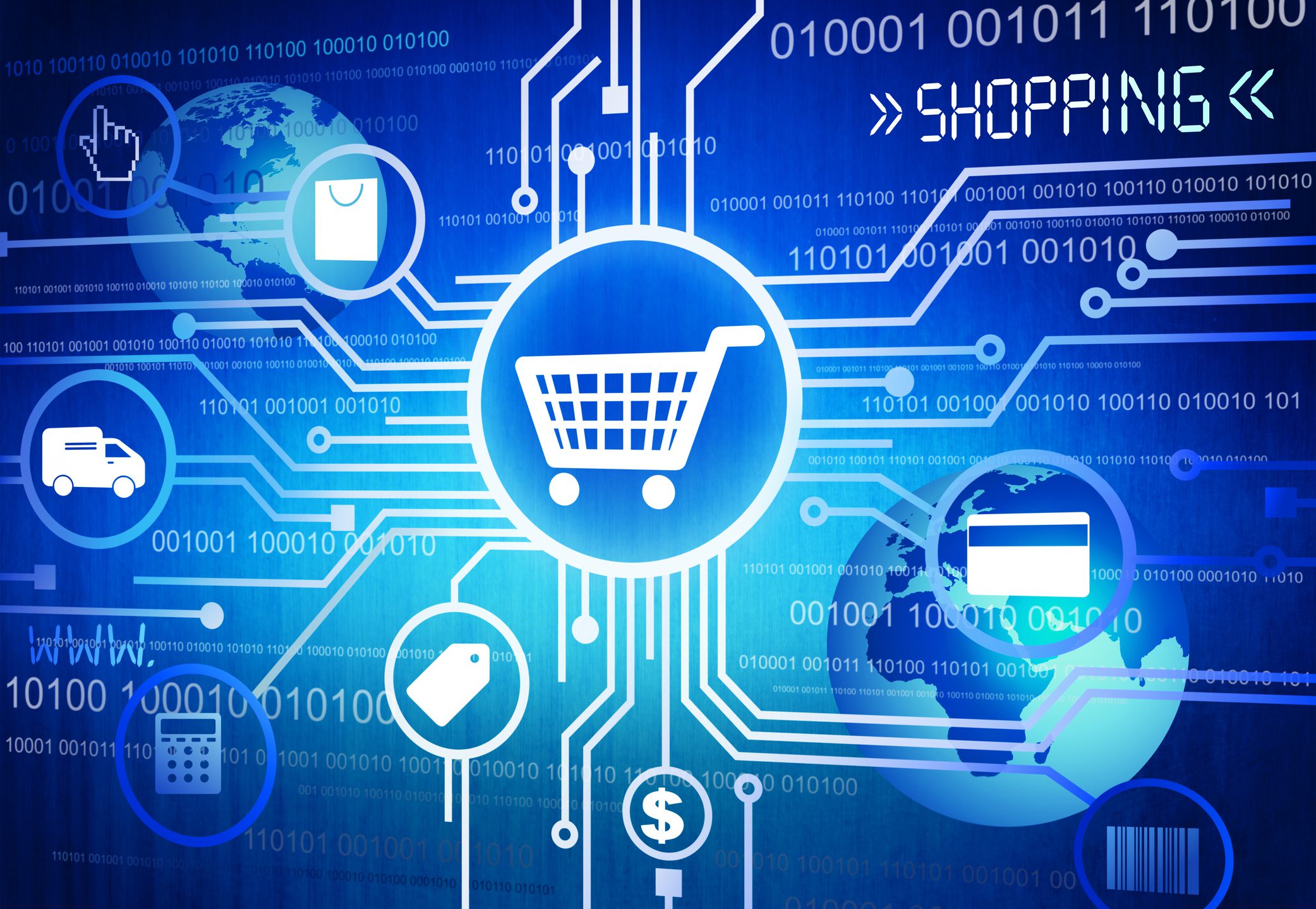
In today’s digital age, artificial intelligence (AI) may not be that out of place. However, the technology continues to develop at lightning speeds even in the face of the COVID-19 pandemic that you won’t be faulted for looking at AI as something new. Scientists have even come up with AI to help in the discovery of drugs that could help battle the pandemic. Exscientia, an Oxford company, was the first to push an Ai-discovered drug into trial and is now going through 15,000 drugs using AI to find a cure for COVID-19. Similarly, Cambridge company Healx has also repurposed its AI systems to find drugs for COVID-19 and other rare diseases.
This shows how AI can be beneficial for a variety of industries and use cases, and it might just be the technology that could help people and businesses thrive during the pandemic. With almost all trends being controlled by the pandemic, it’s’ vital to find something that will even up the odds. For businesses, finding a suitable consumer insights platform is more valuable than ever before—and AI can provide a competitive edge when it comes to this area.
The way people behave and go about their business have changed; essentially, people’s way of life is very different now and continuously changes due to the pandemic. For many, eCommerce and other online services are the only viable channels for necessities and other items on their shopping list. eCommerce is on a boom, but it’s not without its challenges. The pandemic has largely affected supply and demand because, while it has increased demand, especially during the panic-buying phase, it has also presented a host of challenges from inventory issues to delivery restrictions and other logistics-related concerns. As such, availability became a major differentiator that could affect customer loyalty.
There’s also the issue of knowing what the customers want in advance to avoid overstocking and understocking issues. AI and machine learning systems can help reasonably predict what product or service will be in demand for a certain period by analyzing historical data and past customer behaviors. Even China has shifted to eCommerce as a crisis response in light of the lockdowns imposed by the government when the pandemic began earlier in 2020. Many physical stores were forced to close and maximize their online channels or create one if it was non-existent.
Below are a few methods businesses can employ to maximize AI and machine learning:
* Personalization
Ai and machine learning have played a big role when it comes to providing personalized experiences to customers. with this comes tools for predicting what products customers want by analyzing previous purchases and browsed products and categories. A Facebook research shows how AI can improve something as simple as online clothes shopping by creating 3D renderings based on photos of real people, providing recommendations for diverse body types, and discovering fashion and style trends by looking at influence patterns in large photo galleries.
* Pricing
AI pricing systems can be as simple as those that crawl the web to get information on the best prices for certain product categories or those that are based on statistical models. The latter provides better insights because it can automatically detect patterns from data and predict pricing based on that information. These patterns can change multiple times in a short period and come from many huge datasets, including purchase histories, product preferences, and competitors’ pricing and inventory. By integrating Ai and machine learning into the process, it becomes more than analyzing price history and creating a system built around the customer that predicts customer needs and behavior.
* Inventory management and shipping prediction
This is very helpful, especially now during the pandemic, when shipping delays and other logistics issues can be common. Inventory forecasting uses data from sales history, promotions, and external factors to calculate the needed inventory needed to meet customer demand based on how much product is predicted to be sold within a certain period. This leads to a more efficient production cycle with fewer issues related to understocking and overstocking.
* Voice search
Voice search has been on the rise recently because it’s a more natural way of searching and technology has developed significantly. Voice assistants like Amazon’s Alexa and even mobile assistants like Siri and Google Assistant are now more prominent because they have gone from performing simple tasks on a phone or tablet to controlling home devices like refrigerators, air conditioners, and lighting systems. Voice search can help with your eCommerce strategy by reaching that percentage of your audience that starts their shopping or product browsing with a voice assistant.
* AR shopping
Arguably the most innovative way for consumers to shop, AR shopping has changed the entire customer experience. Now it’s easier to try out or view products in 3D even if you’re shopping from the most common shopping place today—at home. With a mobile device, you can now see if a piece of furniture fits a room in your house or find what you’re looking for before walking through a store. A variety of use cases have been developed for AR shopping that makes the customer experience more seamless and enjoyable. Today, AR shopping can be used for in-store navigation, trying before buying, and AR-assisted home shopping.
With the COVID-19 crisis showing no signs of going away anytime soon, its effects continue to beleaguer not only small businesses but also large enterprises and established brands. Now is the time to focus on keeping your loyal customers, and this means not skipping a beat when it comes to providing the best customer experience and service possible. Always be prepared for change and know your customers through and through; know what they care about the most and they will continue to care about you—pandemic or no pandemic.
This Post was originally published on customerthink.com